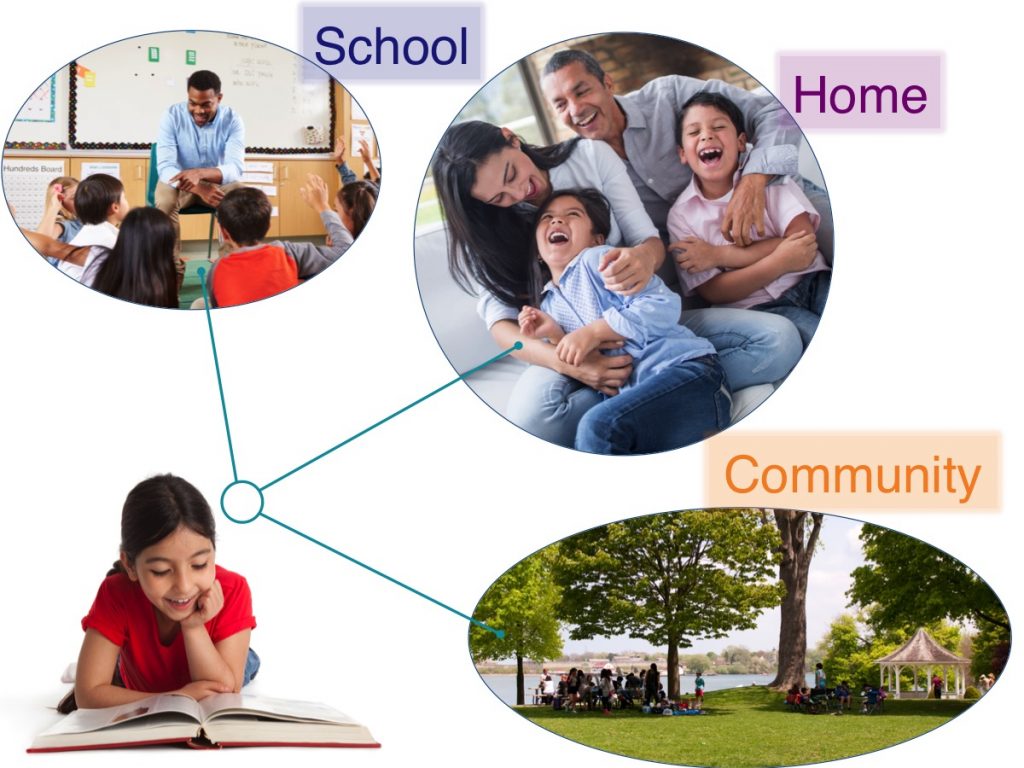
Helping a child who struggles with reading is more than just a matter of more schooling. An effective program will encompass the school, the home, and the community. Intervening on behalf of a child with a reading disability is difficult. The cause is not often straightforward. A successful model is one that evolves. A successful model monitors a child or program’s progress, and adjusts depending on what works and what doesn’t. An example model is the “Multi-Tiered System of Supports: Engaging Families in Education” program in Florida. This model sets education goals. The team in Florida consistently checks their progress towards meeting those goals. Using their data, they make informed decisions about what programs should be implemented in the classroom. These goals apply to more than just literacy. But Florida has integrated the latest research on how to measure progress effectively. They use evaluation methods that don’t take time away from learning. This project represents a community commitment to providing all children with the support they need. It is a commitment to catch children before they fall through the cracks of conventional systems of education. You can find a link to the Florida Center for Reading Research at the end of this module.
-
- Dyslexia
- a learning disability characterized by poor spelling and difficulties with word recognition and word decoding. It is unrelated to intelligence, motivation, or school experience
- Explicit instruction
- systematic and direct teaching that takes into account students’ prior knowledge
- Phonics-based reading instruction
- teaching focused on how letters represent sounds and how words can be sounded out by knowing letter-sound correspondences
- Plasticity
- the brain’s ability to change as a result of experience